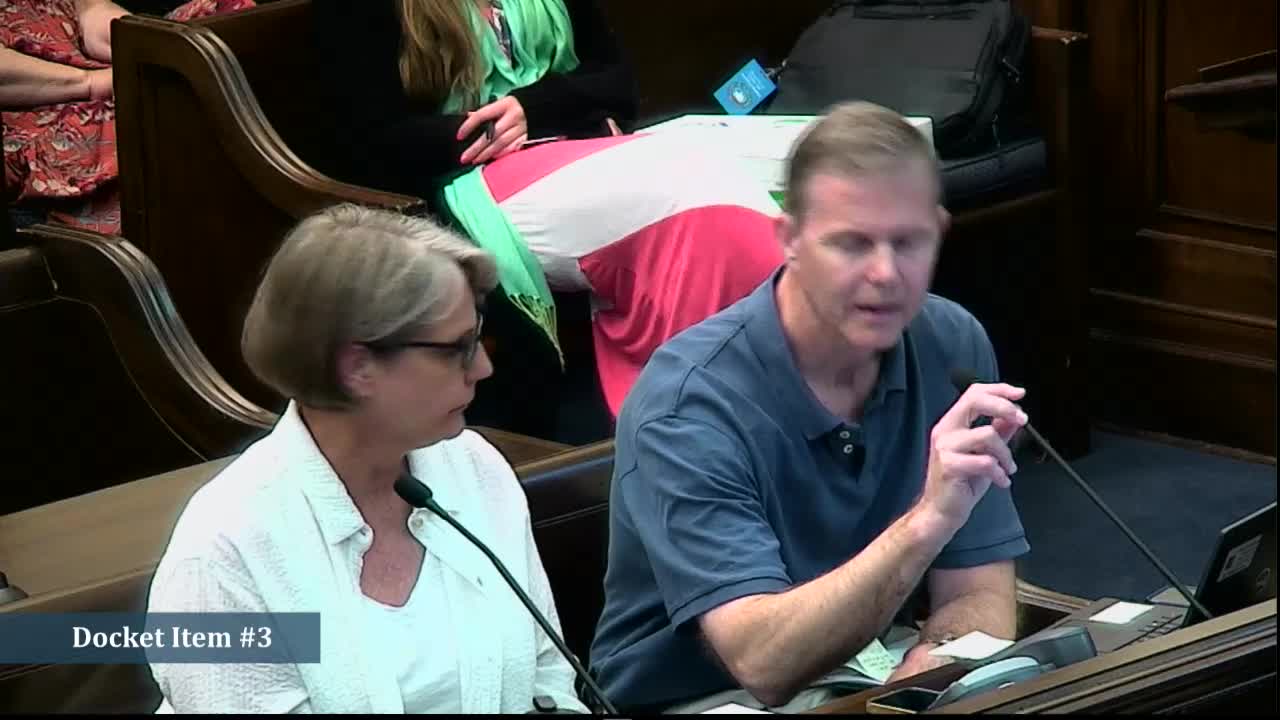Community Divided Over Historic Window Repair Debate
June 20, 2024 | Alexandria City (Independent), Virginia

This article was created by AI summarizing key points discussed. AI makes mistakes, so for full details and context, please refer to the video of the full meeting. Please report any errors so we can fix them. Report an error »

In a recent government meeting, board members engaged in a detailed discussion regarding the preservation of historic windows in an old neighborhood, highlighting the balance between maintaining community heritage and addressing practical concerns about repairs.
The conversation centered around the \"50% rule,\" a guideline suggesting that if repair costs exceed half the replacement cost, it may be more sensible to replace rather than repair. Board members debated the implications of this rule, with one member likening the situation to car repairs, emphasizing that the costs involved could be significantly higher than anticipated.
Several board members expressed support for retaining the original wood windows, citing recommendations from the Board of Architectural Review (BAR) staff, who deemed the windows repairable. One member passionately argued that historic buildings contribute to the community's fabric and should be preserved, contrasting them with cars that can be discarded. This sentiment underscored the importance of maintaining the neighborhood's character for future generations.
The discussion also touched on procedural issues, with one applicant clarifying that their previous window replacements had been approved by city staff, despite later claims of an internal error regarding the approval process. This led to a broader conversation about compliance and the community's responsibility to uphold preservation standards.
As the meeting progressed, members acknowledged the complexity of the situation, with some advocating for a compromise that would allow for reasonable repairs while respecting the neighborhood's historic integrity. The board ultimately aimed to find a solution that balanced the need for preservation with the realities of maintaining older homes, reflecting a commitment to both community values and practical considerations.
The conversation centered around the \"50% rule,\" a guideline suggesting that if repair costs exceed half the replacement cost, it may be more sensible to replace rather than repair. Board members debated the implications of this rule, with one member likening the situation to car repairs, emphasizing that the costs involved could be significantly higher than anticipated.
Several board members expressed support for retaining the original wood windows, citing recommendations from the Board of Architectural Review (BAR) staff, who deemed the windows repairable. One member passionately argued that historic buildings contribute to the community's fabric and should be preserved, contrasting them with cars that can be discarded. This sentiment underscored the importance of maintaining the neighborhood's character for future generations.
The discussion also touched on procedural issues, with one applicant clarifying that their previous window replacements had been approved by city staff, despite later claims of an internal error regarding the approval process. This led to a broader conversation about compliance and the community's responsibility to uphold preservation standards.
As the meeting progressed, members acknowledged the complexity of the situation, with some advocating for a compromise that would allow for reasonable repairs while respecting the neighborhood's historic integrity. The board ultimately aimed to find a solution that balanced the need for preservation with the realities of maintaining older homes, reflecting a commitment to both community values and practical considerations.
View full meeting
This article is based on a recent meeting—watch the full video and explore the complete transcript for deeper insights into the discussion.
View full meeting
